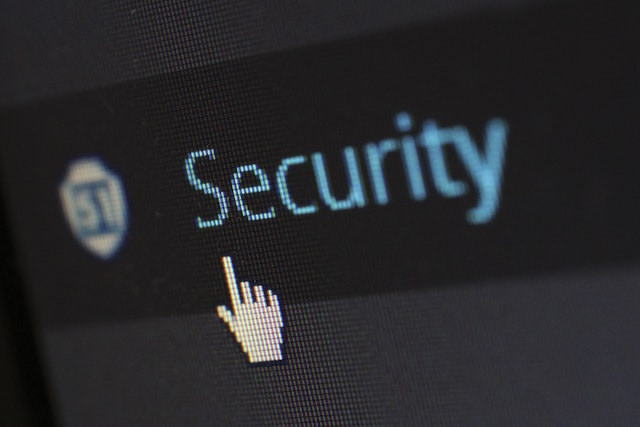For school security teams and administrators, creating a safe and secure learning environment will always rank as a top priority, but appropriately protecting the often large numbers of staff, students, and visitors requiring access to school facilities can come with several unique challenges and issues.
It’s estimated that American students spend around 1000 hours a year inside school buildings, with average school enrollment sizes of over 500 students, so it’s no surprise that modern school security staff are increasingly turning towards smart hardware and software systems to best protect students.
From advanced surveillance networks designed to identify and alert staff to the presence of intruders, to cybersecurity solutions capable of securing sensitive and identifiable personal data, this short guide will take a closer look at the top security technologies making schools safer for kids and staff.
Access control systems
In order to ensure that no harm can come to students or staff members, school security teams must be able to reliably control who has access to the property. In most cases, it’s not realistic for staff to manually assess every person trying to access school facilities, so access control systems are essential.
With access control readers installed to secure all major entrances to school buildings, only people carrying authorized credentials will be granted access. Security staff can issue physical RFID cards or digital credentials sent straight to students’ phones, with the ability to view access events in real time, adjust individual permissions, and instantly lockdown all entrances should a dangerous event occur.
Cybersecurity solutions
With many schools turning towards digital tools for education and virtual learning platforms becoming more popular, school security and IT teams must place a greater emphasis on cybersecurity to make sure that all confidential and identifiable student and staff data remains protected from cyber threats.
Admins will typically develop cybersecurity solutions such as encrypted communications to prevent data from being intercepted by hackers, multi-factor authentication (MFA) to prevent 99.9% of cyber-attacks, and online safety classes to teach students how to avoid issues like social engineering threats.

Video surveillance
Video surveillance systems are an essential aspect of any school security network, allowing security staff to monitor all areas of the property in real time. Modern cameras for schools can provide a number of additional security benefits thanks to smart technology integrations and software tools.
By developing a cloud-based management system, staff can view and adjust cameras remotely via a digital portal, with software integrations like facial recognition able to automatically alert security teams to the presence of unauthorized intruders in real-time to help improve incident response times.
Thermal imaging technology
In addition to facial recognition software, modern school security systems can leverage thermal imaging technology alongside installed surveillance cameras to provide on-the-spot temperature checks, preventing students or staff members who may be sick from passing on illnesses to others.
Thermal imaging systems can be automated to alert administrators to the presence of people experiencing elevated temperatures, allowing staff to check on the individual and direct them towards school nurses or medical staff to ensure that infectious illnesses like COVID-19 are far less likely to spread.
Passive security scans
Individuals carrying contraband items or weapons can pose a significant threat to students and faculty members, though in most cases, school security staff are not permitted to carry out physical searches of people and property. Thankfully, passive body scanners can be used to carry out searches safely.
Scanners can be installed alongside access control readers at the entrance to school buildings, when a person steps through the device, millimeter wave technology will be used to identify any concealed items that may be hidden beneath the individual’s clothing. Security teams can then prevent the person from entering the premises and confiscate the items to effectively neutralize potential threats.
IoT alarms and sensors
Modern schools can utilize the Internet of Things to develop a range of automated alarm systems. IoT devices are designed to communicate with each other via an internet connection, allowing for fully customized security networks to alert staff in real-time of potentially dangerous situations.
Examples include IoT motion sensors that can be used as a trigger to engage on-site cameras and alarms, concussive force sensors configured to detect possible gunshots and automatically contact relevant authorities and IoT pressure sensors used to lockdown doors if excessive force is detected.
Final word
Ensuring the safety of students and faculty members requires constant hard work and determination, though with the advent of modern smart technology, school administrators, security and IT teams are able to develop reliable, bespoke and intelligently designed security systems to make schools safer.
From cloud-based video surveillance systems with remote access functionality, to monitored access control devices preventing unauthorized persons from causing harm, by designing and implementing an integrated school security system staff can provide students with a safer and more secure learning environment.

